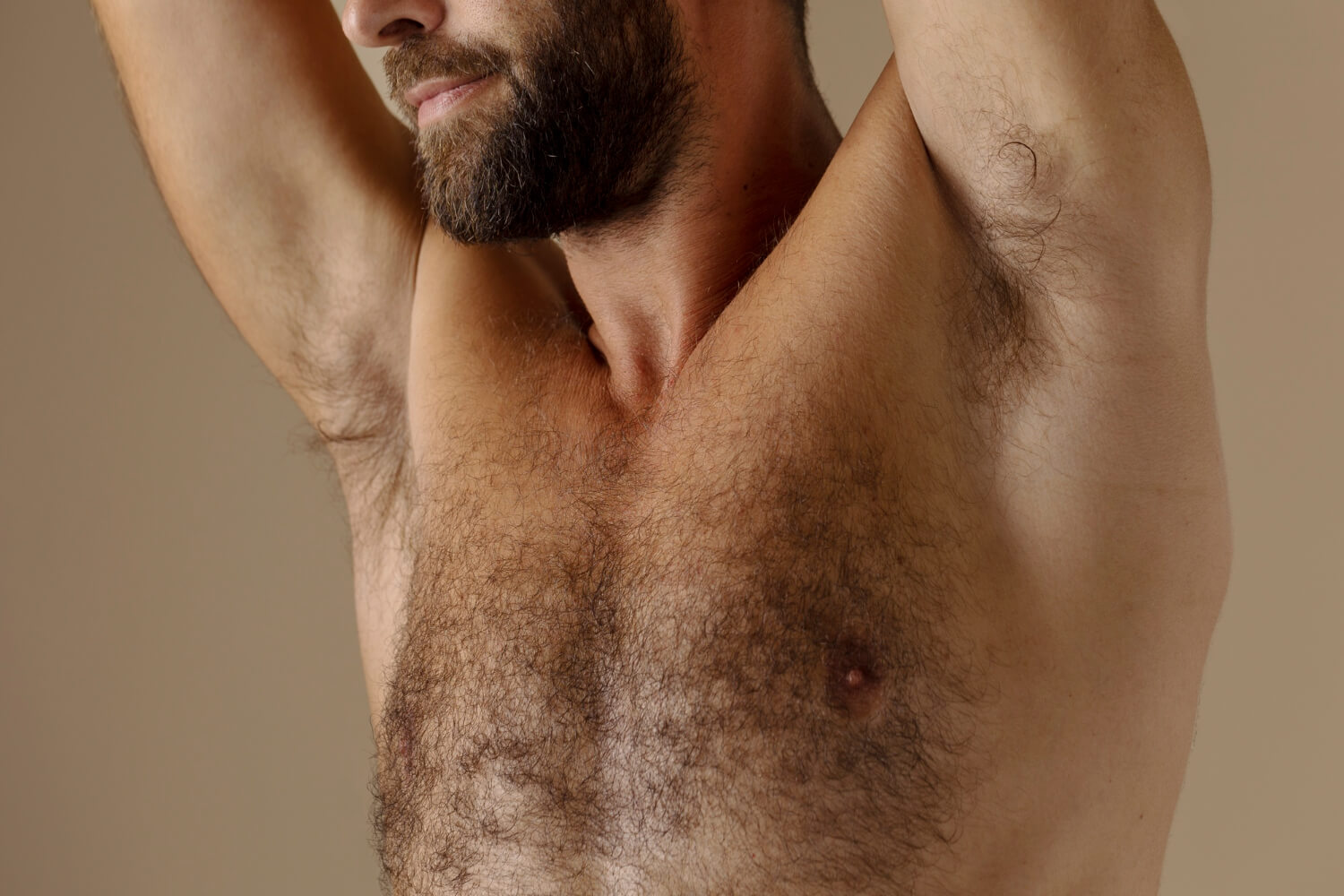Body Hair Transplants: What You Need to Know
When scalp hair is insufficient or unavailable for traditional hair transplants, body hair can offer an alternative donor source. Known as Body Hair Transplantation (BHT), this technique allows surgeons to extract hair from areas like the chest, back, beard, or legs and transplant it to the scalp.
In this guide, we explore how body hair transplants work, who qualifies for them, and what to expect in terms of results.

What Is a Body Hair Transplant?
A body hair transplant involves using follicular unit extraction (FUE) to harvest hairs from various parts of the body, then implanting those follicles into balding or thinning areas on the scalp.
The process is similar to a standard FUE procedure, but the donor hairs come from outside the scalp. It requires advanced skill and experience due to the differences in growth cycles, angles, and textures.
When Is Body Hair Transplantation Considered?
This method is usually considered when:
The patient has poor scalp donor density
Multiple transplants have already depleted scalp donor areas
Extra coverage is desired for thicker density or scar repair
Beard or chest hair is being used to enhance hairline or crown areas
It is not the first-line choice for most patients but can be extremely valuable in specific cases.
Suitable Donor Areas for Body Hair
The most common body hair sources include:
1. Beard (Face and Neck)
Beard hair is often the preferred non-scalp donor because it is thick, resilient, and grows well on the scalp. It blends particularly well when added to the mid-scalp or crown areas.
2. Chest
Chest hair is softer and shorter than scalp hair. It may be useful for adding texture or density, especially in less visible areas.
3. Back and Shoulders
These areas may offer additional grafts but often have limited yield and variable texture.
4. Legs and Arms
Less commonly used due to fine texture and shorter growth phases.
Advantages of Body Hair Transplantation
Expanded donor pool for patients with severe baldness
Repair option for scalp scars or failed past transplants
Custom density control by blending body and scalp hair
Challenges and Limitations
While body hair transplants offer hope for many patients, there are several challenges:
Different growth cycles: Body hair is usually in the telogen (resting) phase more often, which can limit regrowth.
Texture mismatch: Body hair may not blend perfectly with scalp hair.
Slower growth: Body hair grows more slowly and may require more time to reach maturity.
Lower survival rate: Body hair follicles can be more sensitive and may have a slightly lower yield compared to scalp hair.
Who Is a Good Candidate?
Ideal candidates for BHT:
Have limited scalp donor hair
Have good body hair density (especially in the beard and chest)
Understand the risks and limitations of the procedure
Are undergoing repair or enhancement, not just primary treatment
A full evaluation by an experienced hair restoration specialist is essential before moving forward.
Post-Procedure Expectations
Healing time is similar to FUE, though body areas may be slightly more sensitive.
Transplanted body hair usually starts growing around 3–4 months post-op.
Final results can take up to 12–18 months.
Results vary depending on the donor area used and overall scalp condition.
Final Thoughts
Body hair transplant is a highly specialized solution for patients with limited scalp donor options or complex restoration needs. While it presents unique challenges, it can provide natural-looking and effective results when performed by skilled professionals.
If you’re exploring advanced options for hair restoration, consult a clinic experienced in BHT to determine if you’re a suitable candidate and to build a personalized treatment plan.
